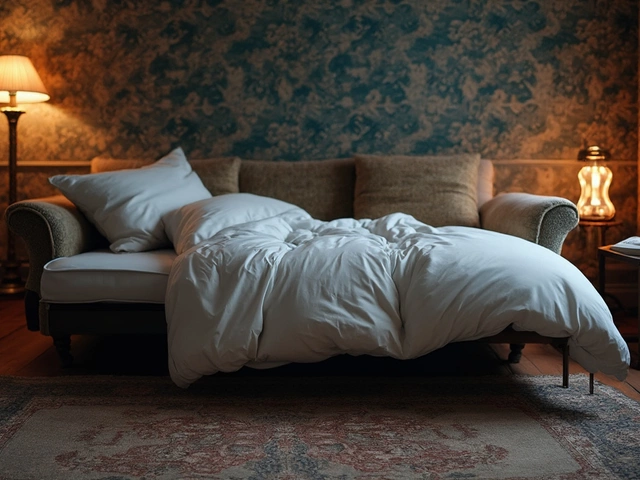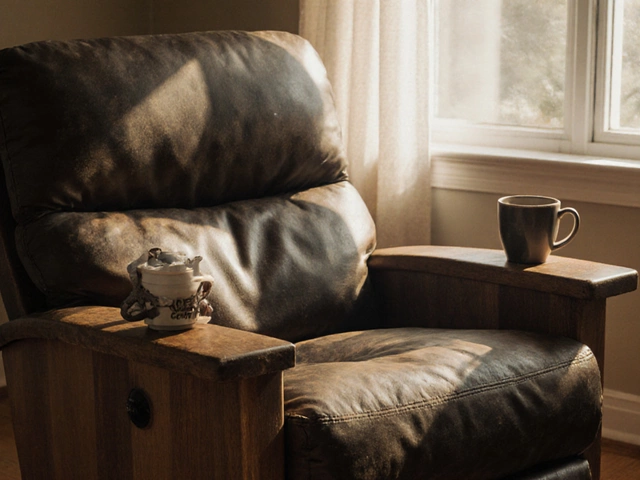Recliner Tips: Choose, Care, and Enjoy Your Chair
Recliners are great for relaxing after a long day, but finding the right one and keeping it in good condition can feel tricky. Below are the most useful pointers you need, from buying basics to everyday upkeep. Follow these steps and you’ll get a comfy, long‑lasting recliner without the guesswork.
How to Pick the Right Recliner
Start by measuring the space where you plan to put the recliner. Leave at least 2‑3 feet behind it so the footrest can fully extend without hitting a wall. If the room is small, consider a slim‑profile or wall‑hugger model that slides forward instead of backward.
Next, think about the recline mechanism. Manual levers are cheap and reliable, while electric models give smooth, one‑button operation. If you have limited hand strength, an electric recliner is worth the extra cost.
Check the weight capacity. Most recliners hold 250‑300 lb, but heavy‑duty versions can handle 400 lb or more. Make sure the rating fits the users in your household.
The upholstery matters for both look and durability. Leather feels cool and is easy to wipe clean, but it can crack in dry heat. Fabric options like microfiber or polyester resist stains and are softer for long sitting sessions. If pets are around, choose a pet‑friendly fabric that won’t snag.Finally, test the comfort. Sit down, push the lever or button, and see how the back and footrest move. The cushions should feel supportive, not too soft. If you can, bring a throw or pillow you love to see how it pairs with the seat.
Keeping Your Recliner in Top Shape
Regular cleaning is the easiest way to extend your recliner’s life. For fabric, vacuum the crevices with a brush attachment weekly to remove dust and crumbs. Spot‑clean spills with a mild detergent and a damp cloth—don’t soak the fabric.
Leather needs a different touch. Wipe it down with a dry cloth, then apply a leather conditioner every six months to keep it supple and prevent cracks.
Mechanical parts need occasional lubrication. Use a silicone‑based spray on the hinge and footrest joints every 6‑12 months. This keeps the movement smooth and reduces squeaks.
Watch out for excessive weight on the armrests or footrest. Even if the chair is rated for a high load, constantly over‑loading it can wear out the springs and cushions faster.
When you’re not using the recliner for a while, keep it covered with a breathable fabric sheet. This protects it from dust and sunlight, both of which can fade colors and weaken materials.
If you notice any wobbling or loose screws, tighten them right away. A small screwdriver can prevent a bigger repair later on.
Lastly, think about the placement of the recliner. Avoid direct heat from radiators or direct sunlight through windows, as both can dry out leather and warp wood frames.
With these buying and maintenance tips, you’ll enjoy a recliner that feels great and lasts for years. Happy relaxing!



